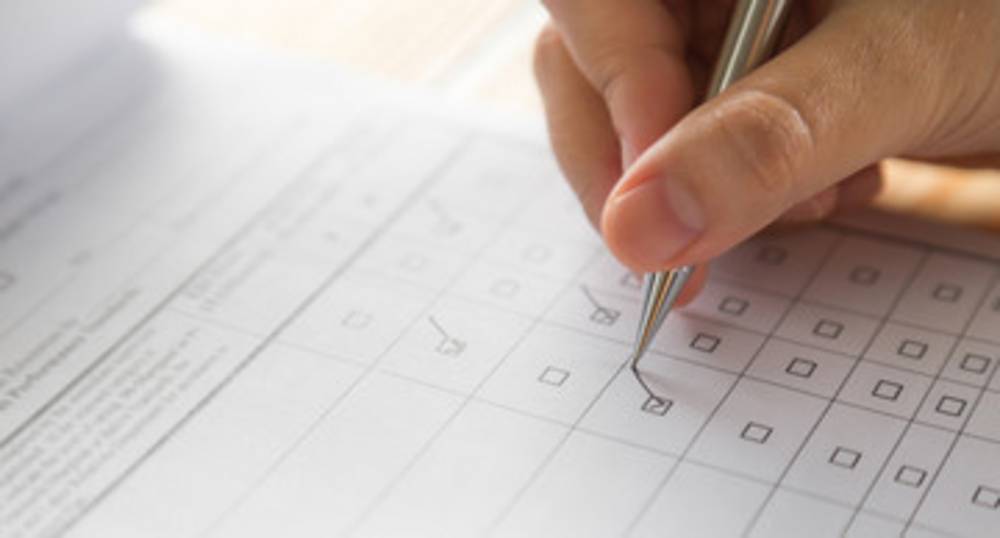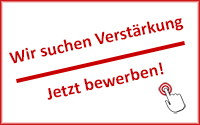No matter if you order one or twenty lift tables with us:
Each of our products undergoes a thorough final test to ensure that the lift table functions faultlessly at its operation site.
Who's testing?
The composition of the testing team is tailored to your individual preferences. Typically, we conduct our final inspections according to the principle of dual control, meaning one designer and one assembler from our company conduct the inspection together.
Upon request, we can supplement our internal control with additional tests. Occasionally, an external expert inspection or an initial acceptance by one of your staff members is desired.
For an external expert inspection, a brief notification in your enquiry is sufficient. Our staff will then take care of the further organization and handling. Depending on the application area of the lift table or goods lift, we collaborate with certificate authorities such as TÜV or DEKRA. For inspections abroad, of course, other inspection organizations can also be used.
If you wish to conduct your own tests on your scissor lift table or column lift, or if you wish to be present during the final inspection, this is also possible without difficulty. We are happy to coordinate with your staff so that an interim inspection during the ongoing production process is also possible.
What is being tested?
During our final inspection, not only critical and safety-related components are checked but also as many customer-relevant aspects as possible are tested and evaluated. The test criteria include, among others:
Main dimensions
Through a comparison with the order data, it is verified whether the desired geometric dimensions have been adhered to: Do the platform dimensions match the manufacturing approval? Is the height of the lift table correct? Is the required lifting height achieved?
Power supply
In addition to the pure connection data for hydraulics and electrics, the proper routing of the lines is also evaluated: Have the appropriate bending radii been adhered to? Are the lines routed over no sharp edges and corners? Are only flexible cables used in the energy chain?
Safety devices
Every lift table is equipped with various safety devices. In the simplest case, a pipe-break protection is sufficient, which protects the lift table platform from crashing in the event of a line break. In addition, toe protection safety strips are usually present, which, when triggered, prevent further lowering of the platform but must still allow lifting to continue.
In this section, all safety devices on the lift table are documented and checked for correct installation as well as full functionality.
Load tests
In this testing phase, we subject the lift table to various load tests. For example, the lift table must perform at least thirty complete lifting and lowering movements with nominal load without any malfunctions.
Additionally, the lift table is subjected to a 25% overload and must not sustain any permanent deformations or damage even in the most unfavourable position.
Further inspections
Additional tests include, for example, the inspection of the painting, the comparison of welds with the manufacturing drawings and welding specifications, as well as the proper placement of all markings directly on the lift table.
Checklist
This brief overview represents only a small portion of our comprehensive overall inspection. Below is the link to our standard checklist for simple lift table acceptance, which aims to provide you with a deeper understanding of the process of our acceptance inspections:
Notes on the checklist
Please note that the above standard checklist is for simple scissor lift tables. Depending on the equipment, this list may need to be supplemented with additional specific checklists, such as for rotary platforms, tilting platforms, chassis, etc.
Some requirements are derived from EN 1570-1 and have been integrated into our testing cycle. However, a significant portion of the tests exceeds the required standards to ensure the quality of our lift tables.
It is important to note that these checklists are not suitable for inspecting used scissor lift tables. Additional inspection points need to be considered for used scissor lift tables, such as checking the age of hydraulic hoses and the cleanliness of existing sensors. At the same time, some inspection points are omitted, as, for example, platform dimensions do not change over time.


